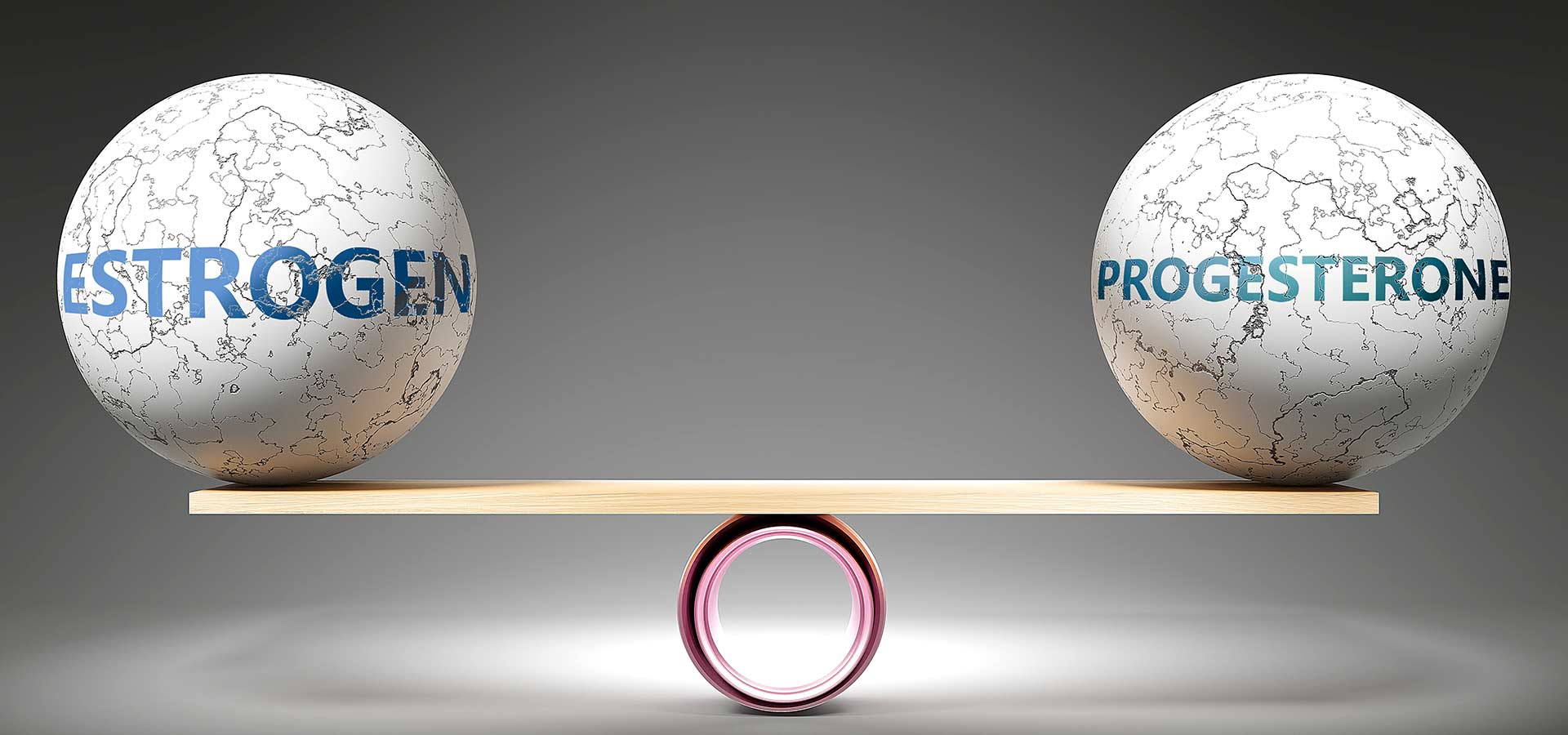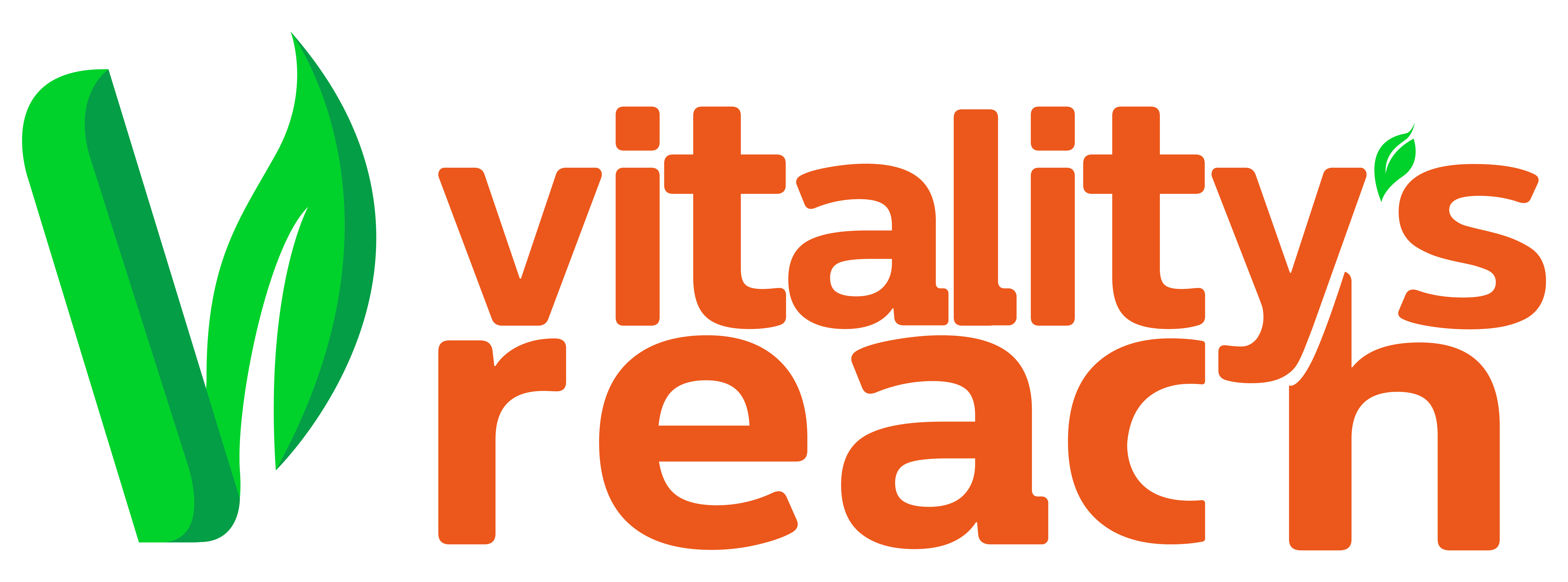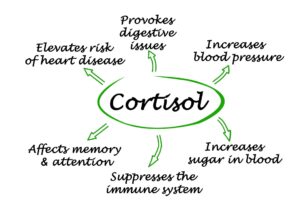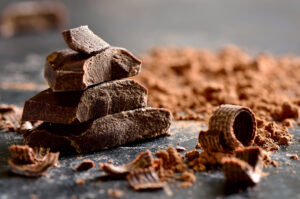
Excess estrogen or estrogen dominance is not something a man nor woman should actively seek. I went into the background and negative symptoms of this in the previous article in case you missed it. That article was over 2000 words so I’ve intentionally made this post shorter for those who just want to know how to manage excess estrogen.
Hormones in general are still very misunderstood. It is not uncommon to see doctors and practitioners suggesting that additional estrogen will be beneficial. Estrogen does play an important function in the body for cell division in regards to development of female secondary characteristics such as breasts, and menstrual cycle but when in excess then problems are likely.
The most common answer women hear when consulting a professional about a recurring issue is, “It must be your hormones.” That’s like telling the captain of a sinking ship, “It must be the water.” Yeah, no Sh$t Sherlock! Knowing what causes them is one step. Knowing how to handle it is another.
A prevailing solution to a hormonal imbalance is to prescribe or to recommend weak estrogens or progestins. The additional estrogen will have an anti–thyroid effect. When the body ‘slows down’ metabolically it doesn’t require the same nutrient requirement and will likely drop in body temperature. This temperature drop can result in cessation of hot flashes thus giving the false impression the estrogen is working.
Lowering Excess Estrogen.
- Enough daily protein. In my experience this may be the most common reason the body will get to a point of estrogen excess. Even the most sedentary person needs 100 grams a day. There are 4 calories in a gram of protein so that is still only 400 in a day which is relatively low percentage wise.
A typical breakfast may consist of tea, toast, yogurt or fruit. Then a sandwich or salad with some chicken and /or cheese for lunch. This person would have met less than half their daily needs with only supper remaining. If you are unsure of your protein intake there are many apps you can use to track 3-5 days worth.
The best choices of protein would be milk, cheese, eggs, low fat fish, shellfish, and red meat occasionally. I realize some people reading may be vegetarian so juicing potatoes would be a nice option to increase the amount. Proteins like nuts, seeds, and beans are harder to digest and can lead to higher endotoxin release. These sources also tend to have higher polyunsaturated fats which can have an inhibitory effect on the thyroid. - Optimal thyroid functioning. The thyroid and excess estrogen are intimately linked. The thyroid plays a vital role in supporting the liver in inactivating estrogen. If estrogen levels are high they can block the functioning of the thyroid. This then becomes a vicious cycle. Getting a full thyroid panel such as TSH (thyroid stimulating hormone), Reverse T3, T4 and T3 is a good place to start. Getting just the TSH checked won’t give the full picture. The lower the better for TSH. and under 2.00 would be best. Fortunately, the diet that supports optimal thyroid functioning also supports the role to lower estrogen.
- Exercise. Stress will raise estrogen. Over exercising and high intensity exercise is a form of stress. I do commonly hear from clients saying, “I need my exercise for stress relief.” I’m not going to dispute exercise can help with stress maintenance but backing off on the intensity may be what the body needs more. If the need for high intensity is so strong that it can’t be changed then look at some options. The high intensity may be done in shorter sessions and /or less frequent sessions. Basically, anything that brings the total volume down.
Your symptoms will let you know if you are on the right track. In the healing phase many people need to slow it down considerably and a stroll with the dog or walk in the woods is the intensity they may need, even temporarily.
Excess Estrogen
- Optimal bowel functioning. This means moving the freight daily. The more a person eats, the more freight that needs to be moved. Having a ‘clean’ intestine will help avoid reabsorption of estrogen back in the blood system. I see flax seeds and chia seeds recommended in many health protocols. The seeds can act to irritate the intestine to create peristalsis but a better option would be a raw carrot or cooked bamboo shoots. Using activated charcoal or cascara can also benefit someone who’s bowel is slow. I’ve seen women get rid of symptoms in a few days eating a raw carrot.
- Supplements. Supplements such as vitamin E , vitamin B, vitamin D, and aspirin have all seen positive results. Aspirin usually raises eyebrows when recommended but it is known as an effective cancer drug which speaks to it’s ability to improve cellular energy. There is some variance in people’s reactions to a supplement. If there are negative reactions you may first want to look at the additives or fillers included. Excipients like food dyes, gums, silicon dioxide, etc. can cause reactions for a percentage of the population.
- Optimal sleep. I’ve covered this topic a few times already. Estrogen can affect blood sugar levels so keeping them steady will help with sleep and overall energy. Having a drink like milk and honey or orange juice with a splash of salt before brushing your teeth at night can help keep the nocturnal hormones under control. Unless your supper time is late, intentionally avoiding food after supper may be the inferior approach to take.
Keeping water intake at a minimal amount after supper will avoid the bathroom walk at 2 am. Sleep regularity will have a considerable impact on hormones and overall well being. Which means going to bed and waking up at the same time. I realize this is not easily accomplished for shift workers or newly minted parents. - Lowering stress. We all know mental stress can have a major impact on our health. Stress can come from other sources besides emotional stress. Pollution, lack of sunlight, food additives, radiation, polyunsaturated fats, easy to digest foods, leaching of plastics, under-eating, etc. Managing the ones you have some control over would be advantageous.
Performing a blood test like the Dutch test is a common route for those seeking answers. Blood tests are still only part of the puzzle. The blood test unfortunately doesn’t speak to what is in the tissue. The test is not the cure. It’s a piece of the puzzle and that puzzle needs to be put together,
The belief estrogen should be prescribed adds to the problem. The aging process itself increases estrogen. Stress increases estrogen. If you are aging, it is likely to increase.
Another common recommendation is to take Diindolylmethane better known as DIM. Calcium glucarate is also a popular recommendation. These receive very mixed reviews. DIM is considered an estrogen blocker in many circles. It is not. It acts more like a phytoestrogen which tends to mimic estrogen in the body. It is also derived from cruciferous vegetables like cabbage, broccoli and cauliflower. These are known goitrogenic foods which could slow thyroid down and would probably be the worst action plan. The hope for those taking the calcium supplement is to help the liver. Protein, thyroid, and glucose are the keys to the liver. Calcium carbonate would be a better option for a calcium supplement.
The main keys to remember are elimination, enough protein, enough simple sugars and supplementing progesterone if needed. The supplements mentioned above won’t have much impact if lifestyle, diet and stress levels are out of control. If you look at estrogen as a key component in aging and degenerative changes then combating estrogen can have a significant role towards longevity and health.
Unfortunately, there is much conflicting advice out there. If someone gives recommendations they need to be able to explain the How and the Why. Do your research and listen to your symptoms. You don’t have to be a bystander with regard to your hormones and health.
If you know someone who would benefit from this information please share.




